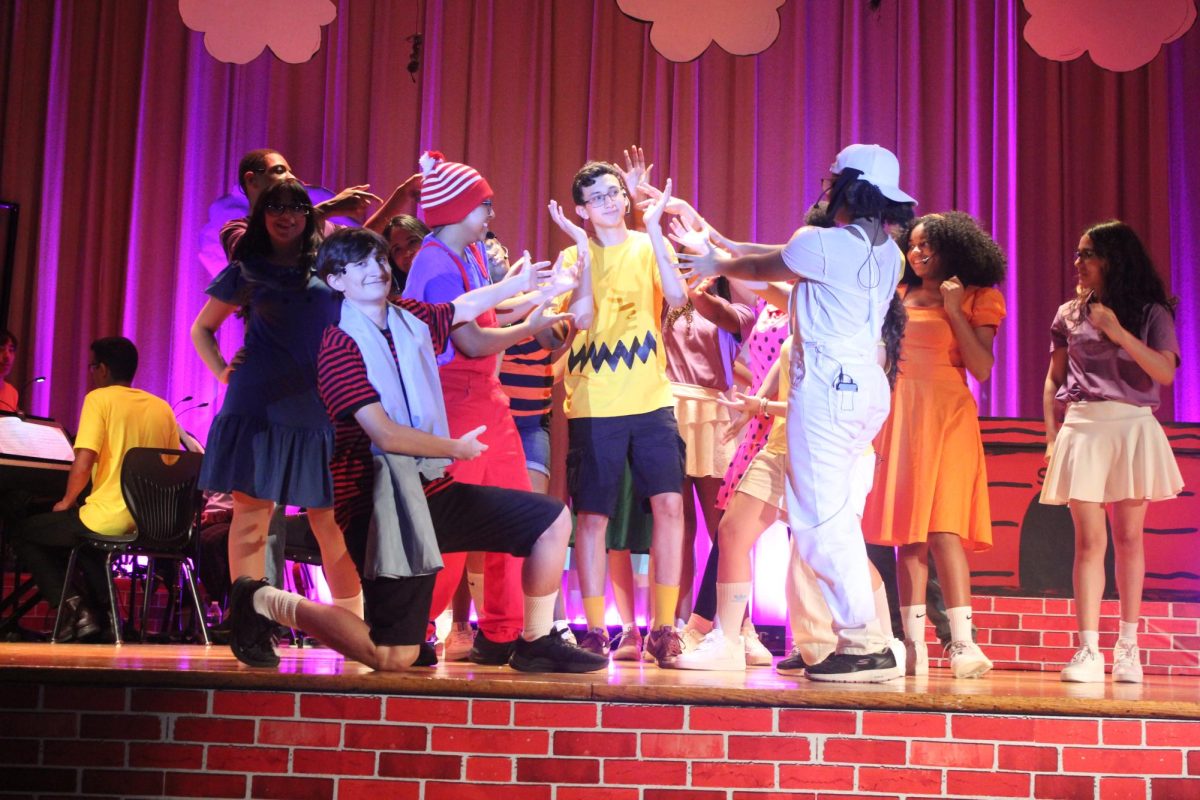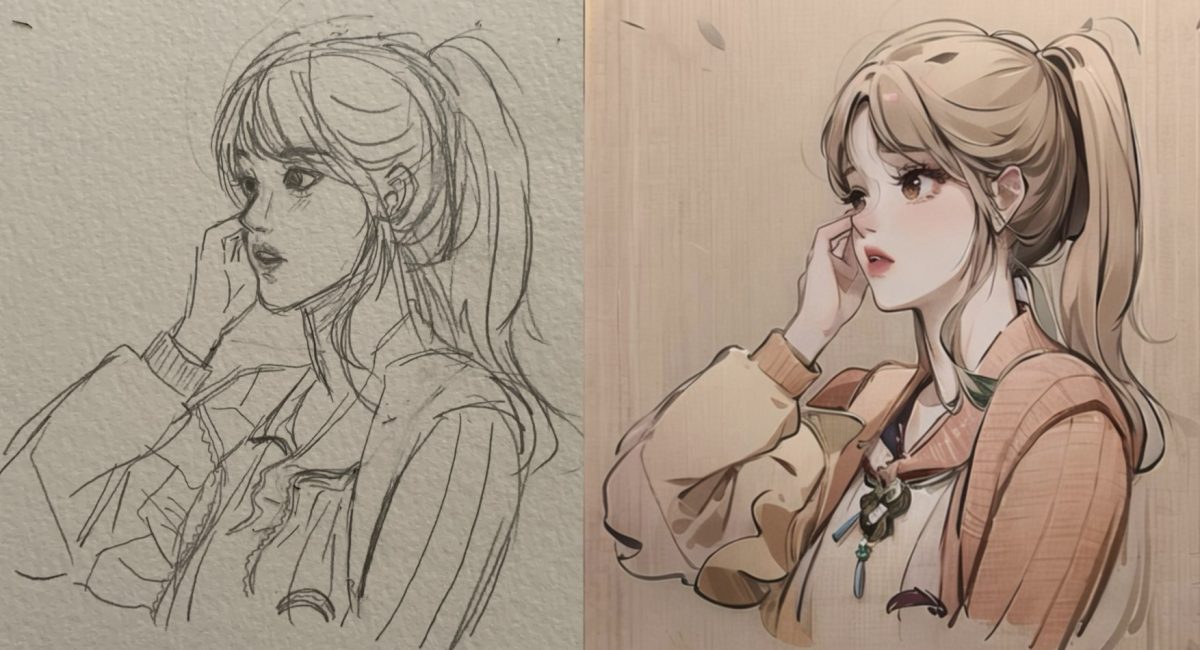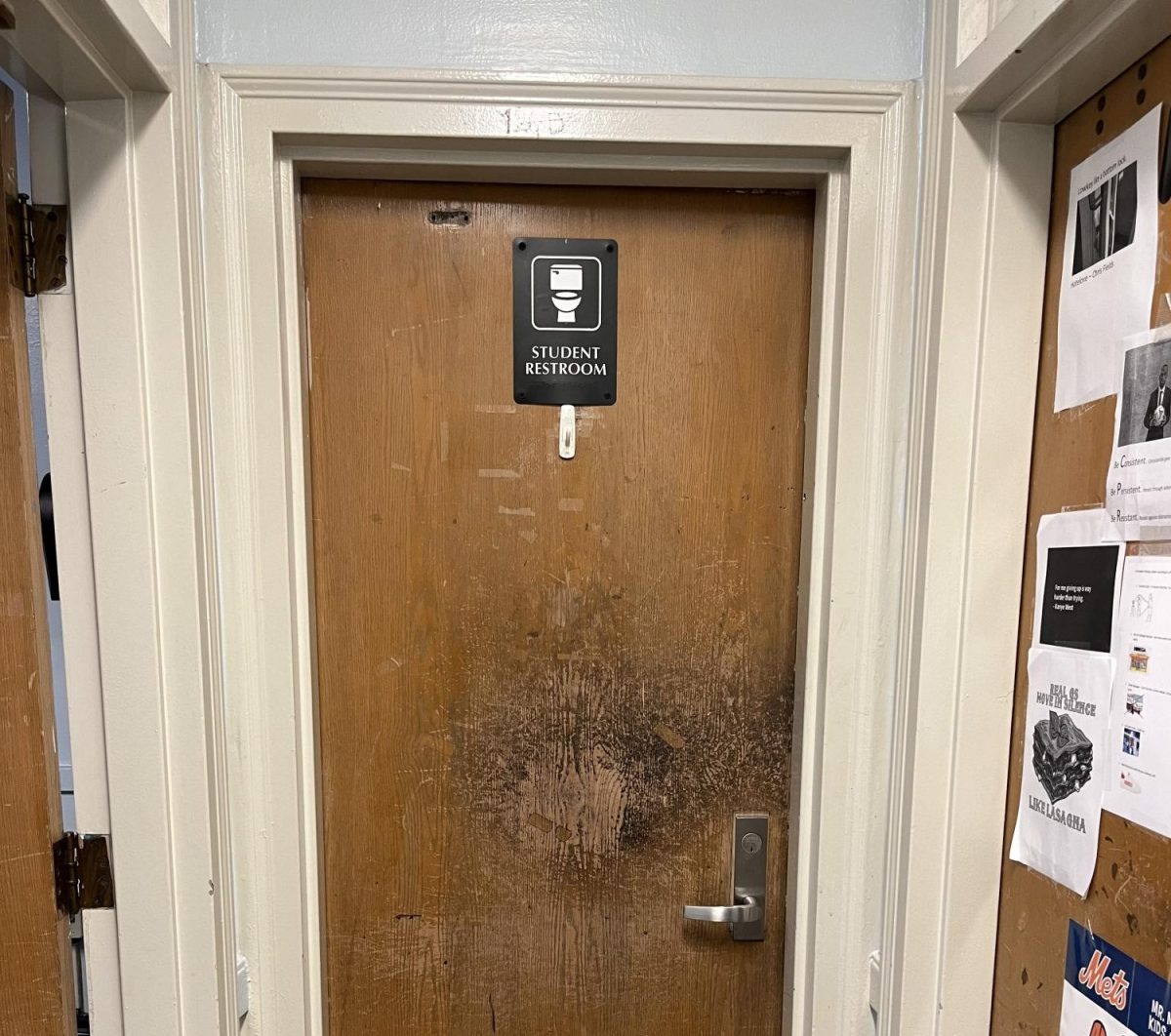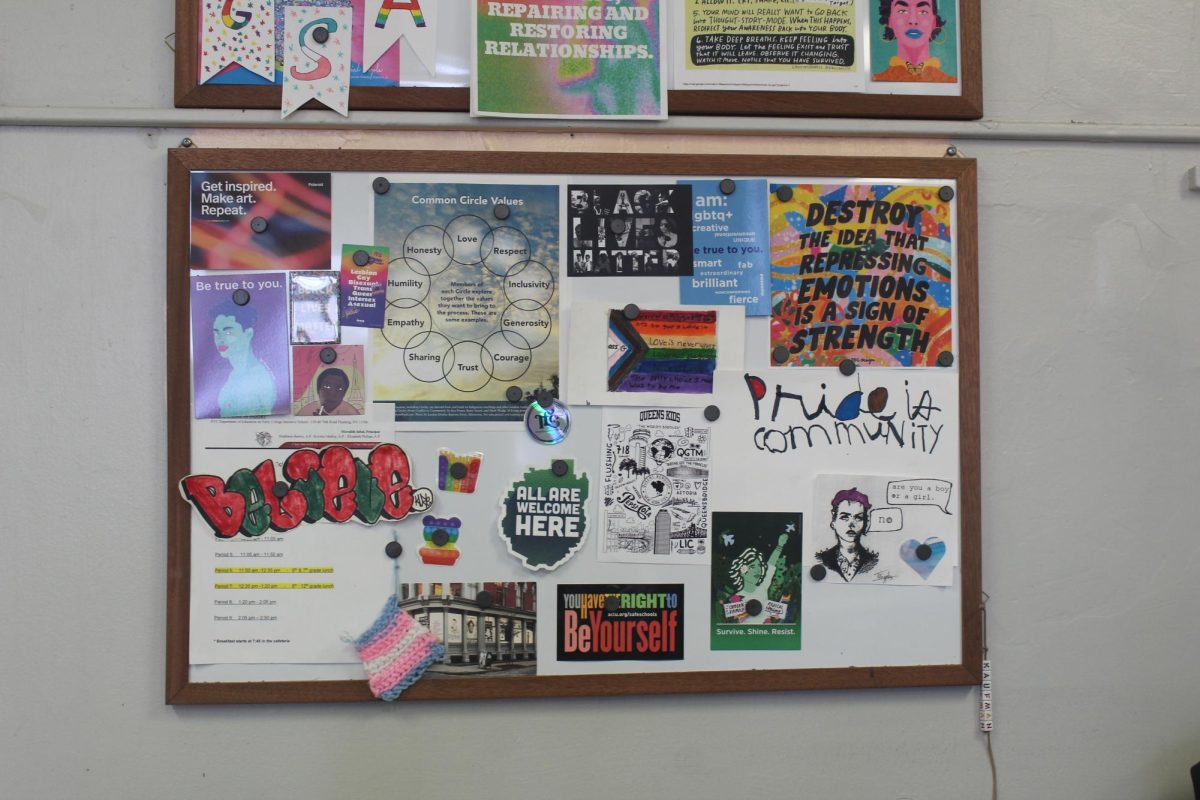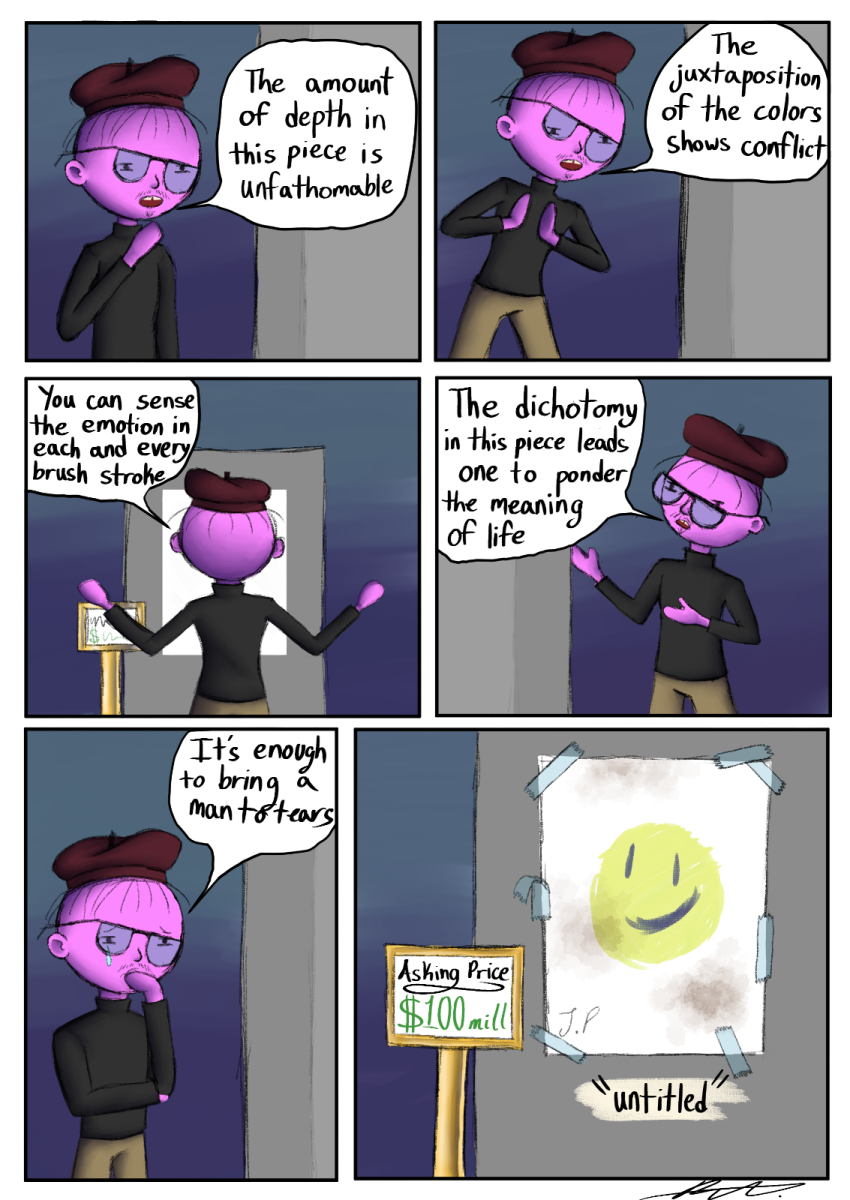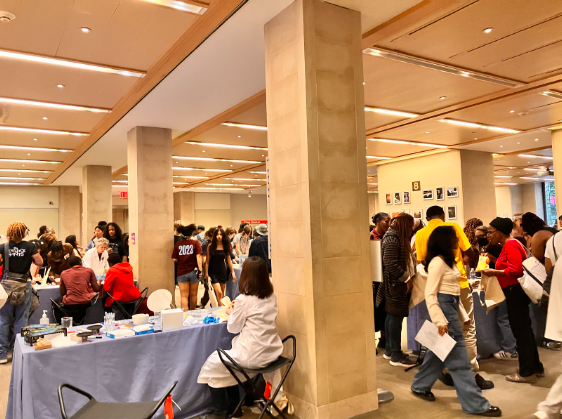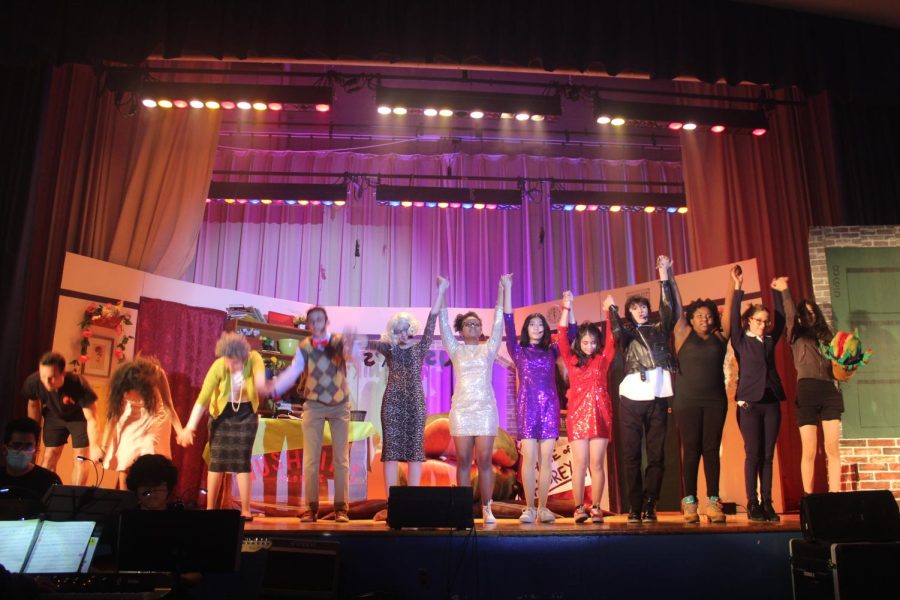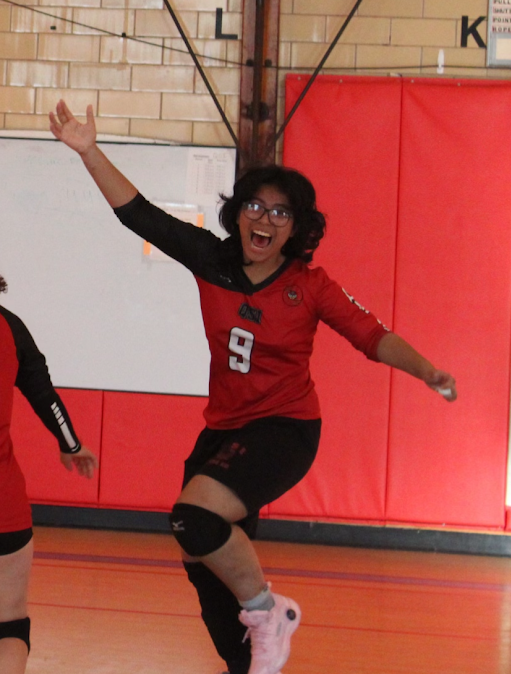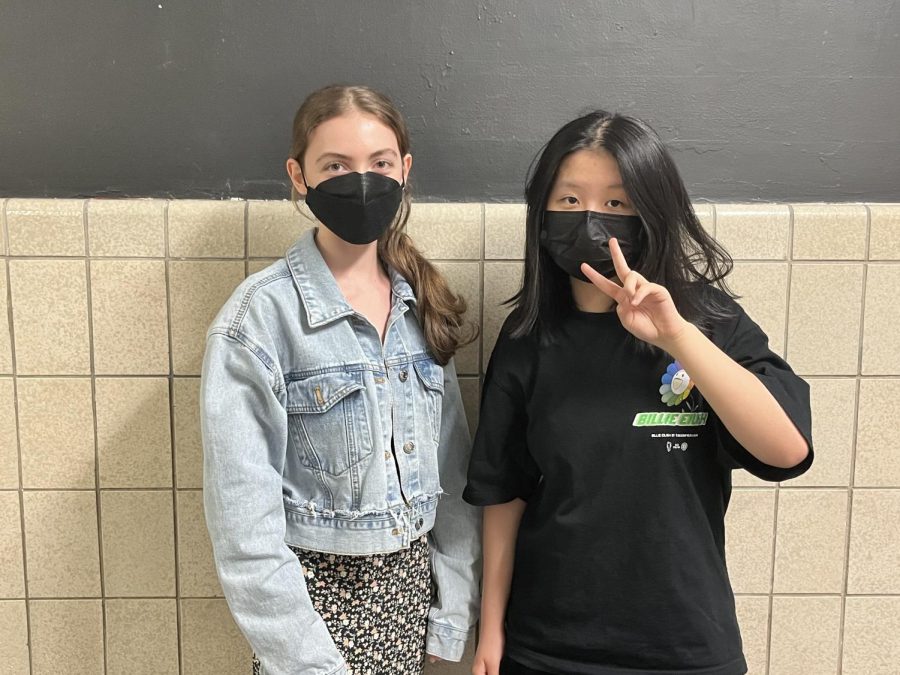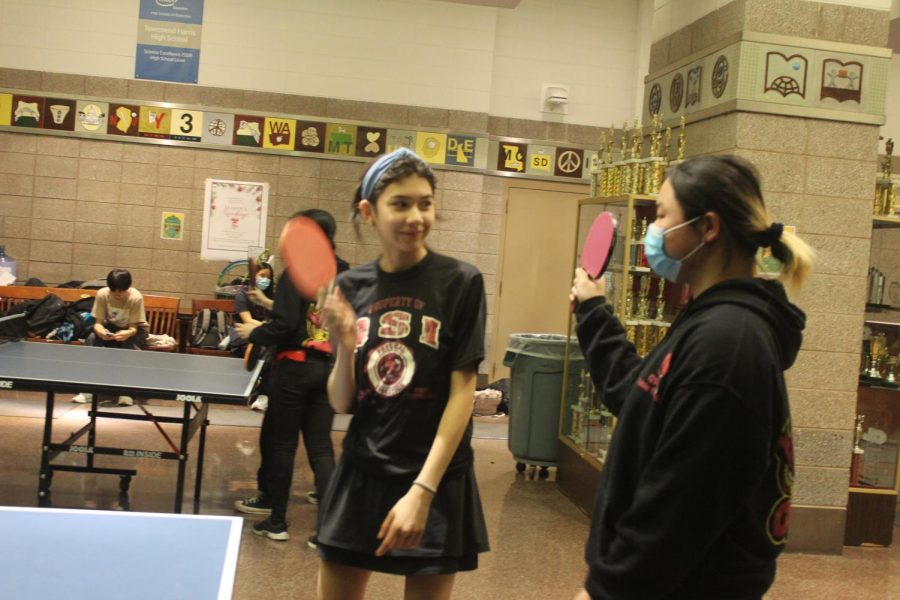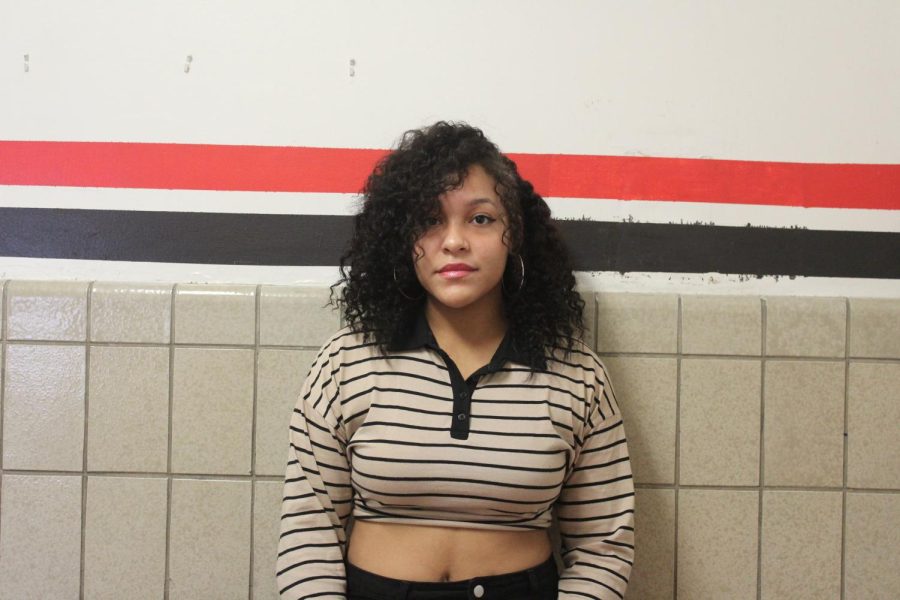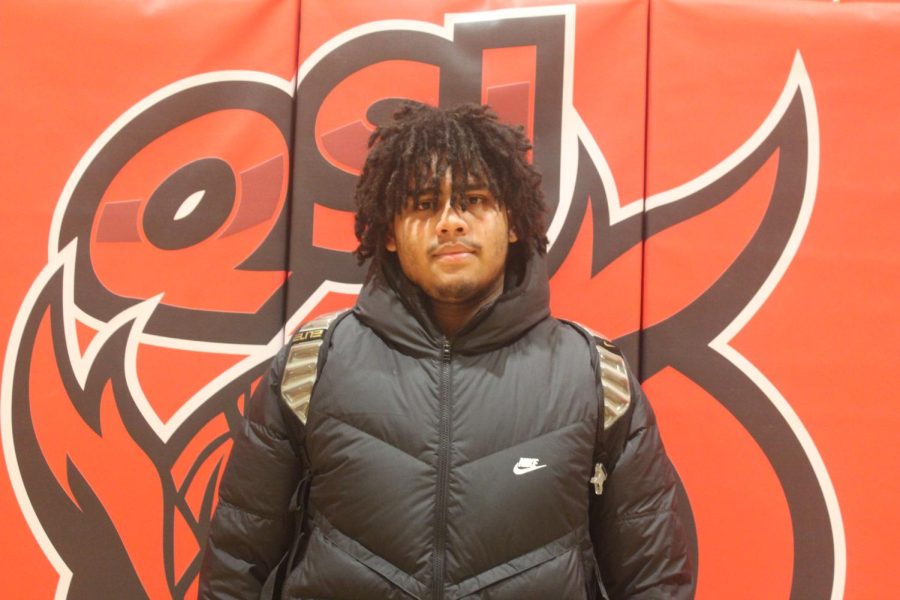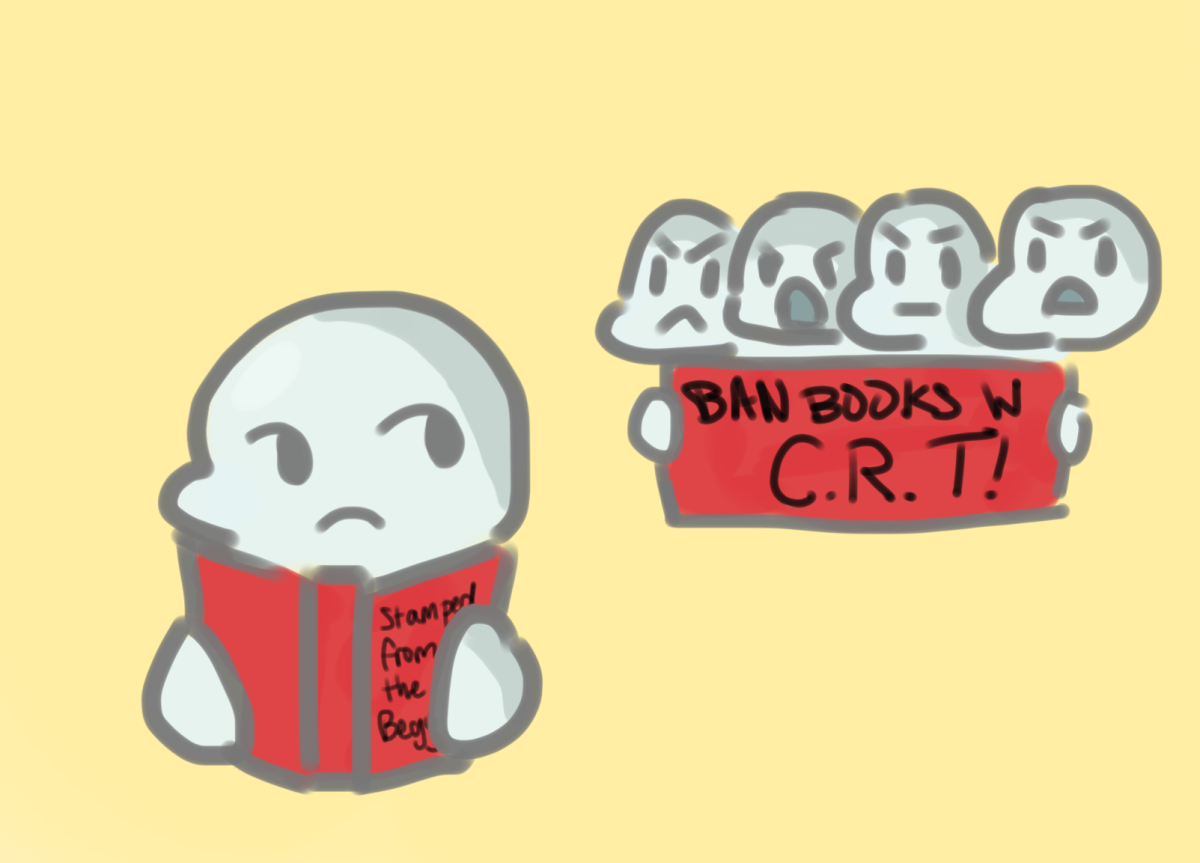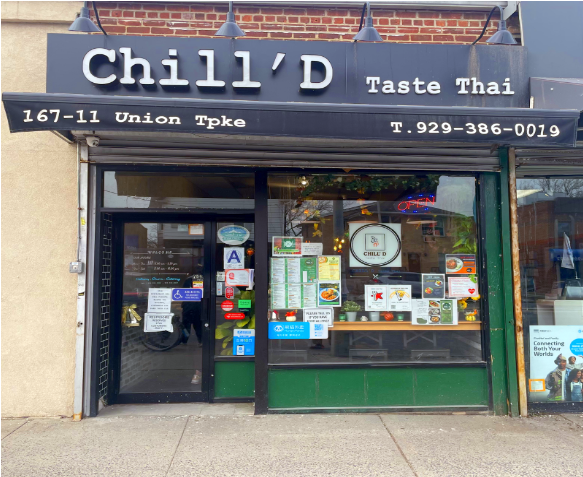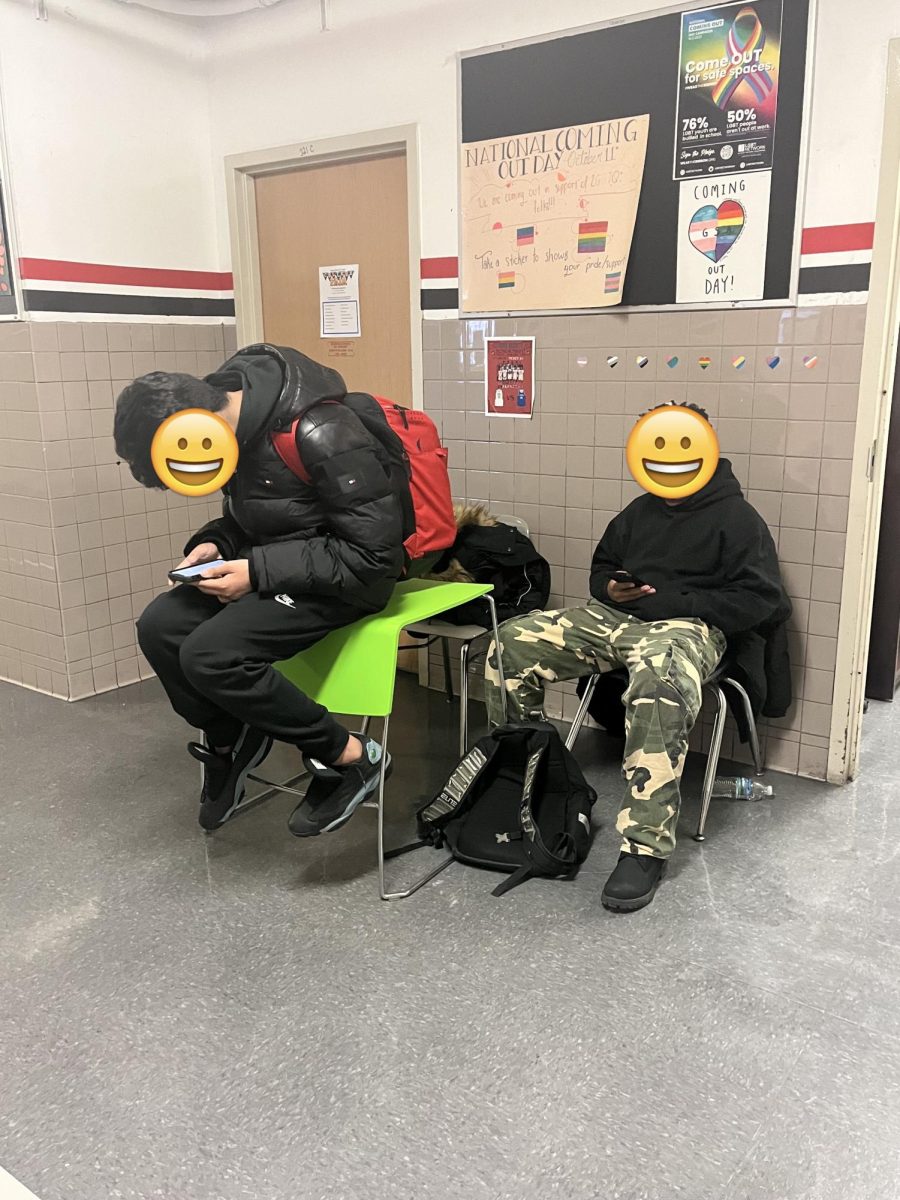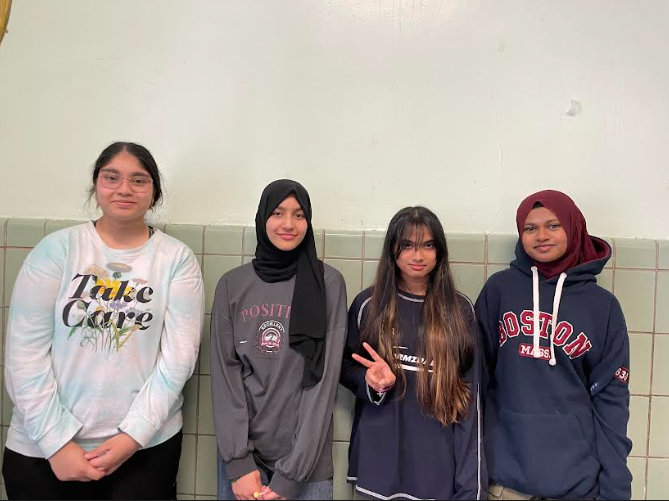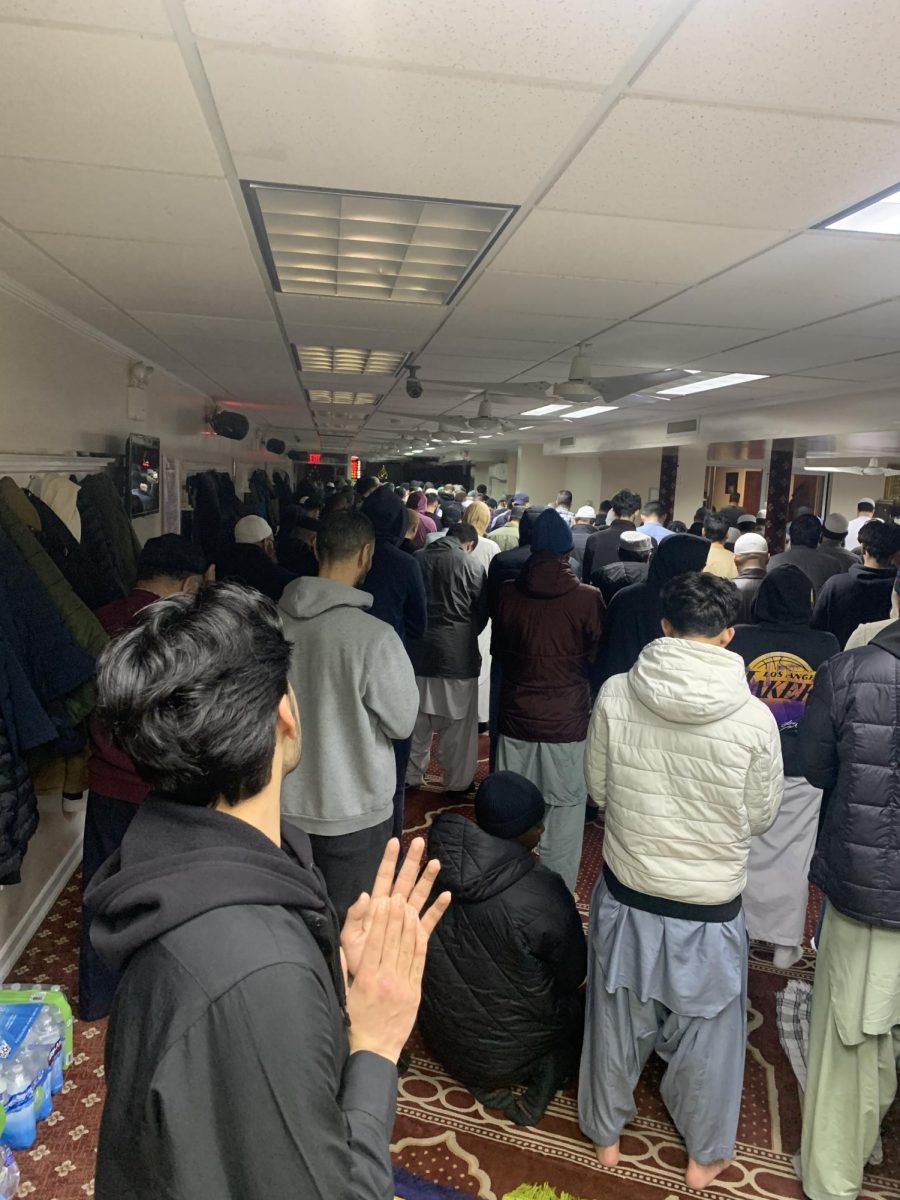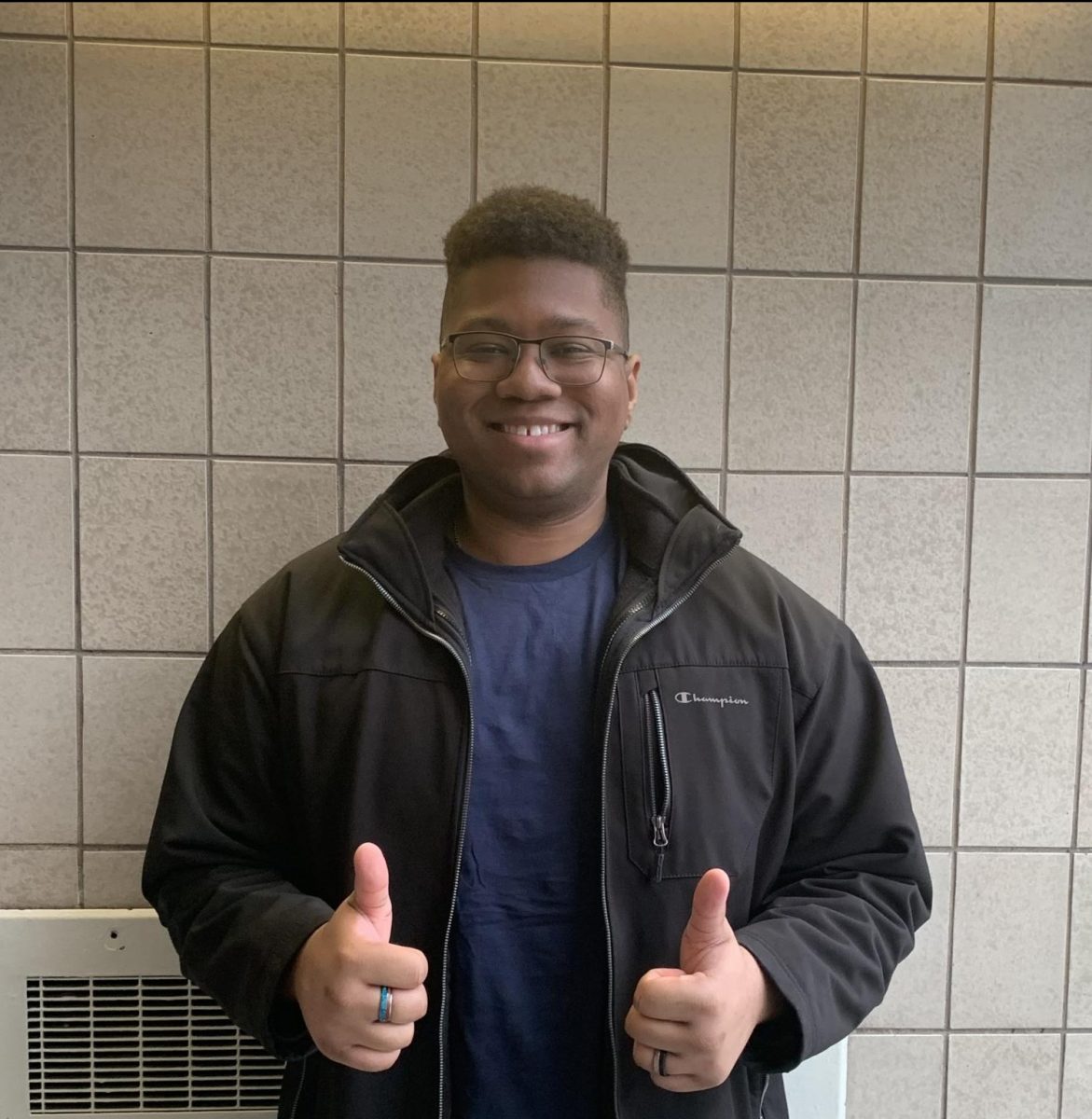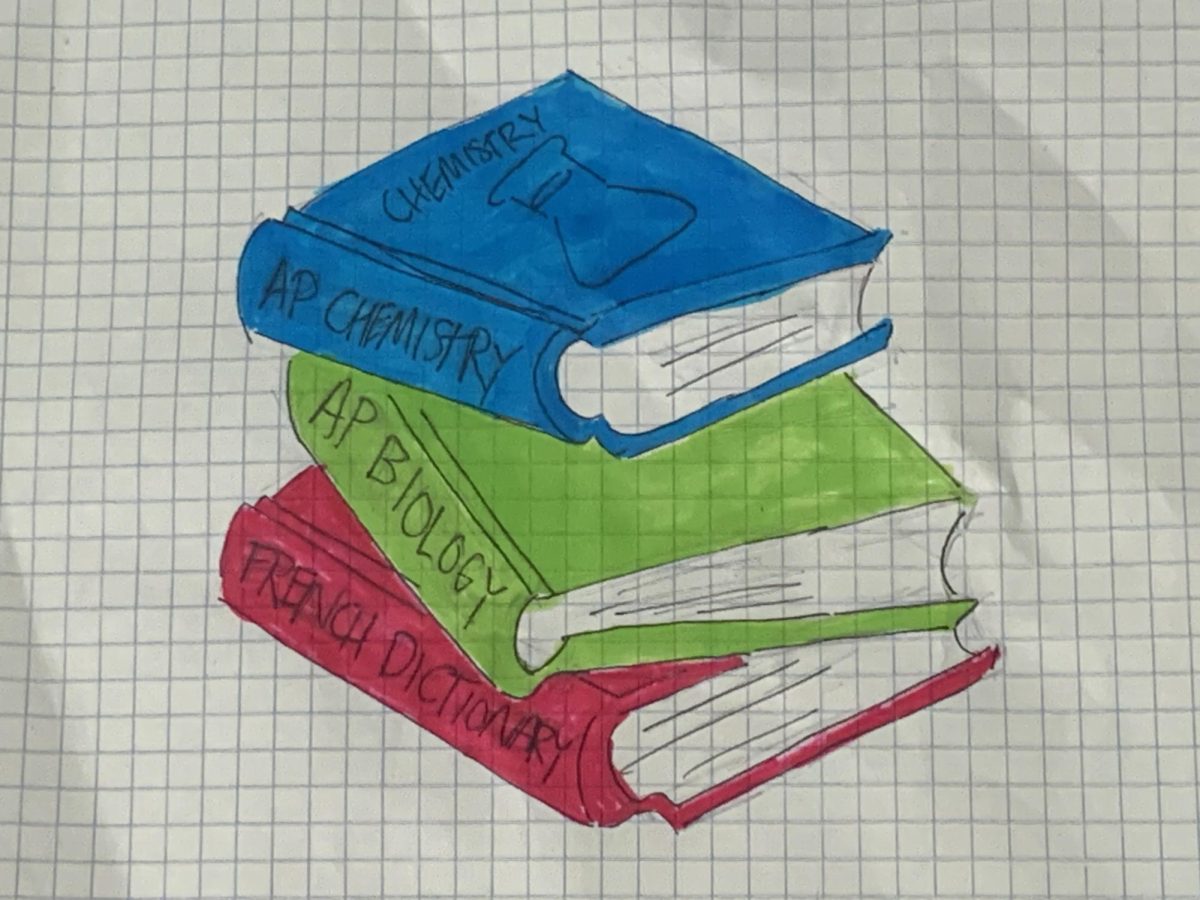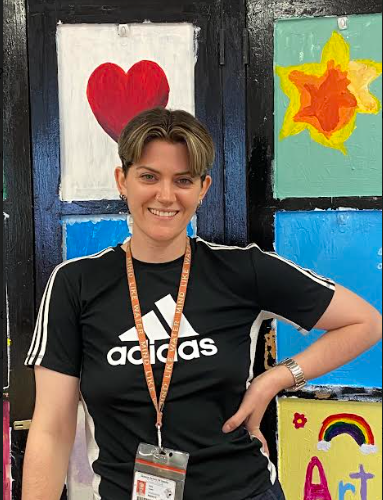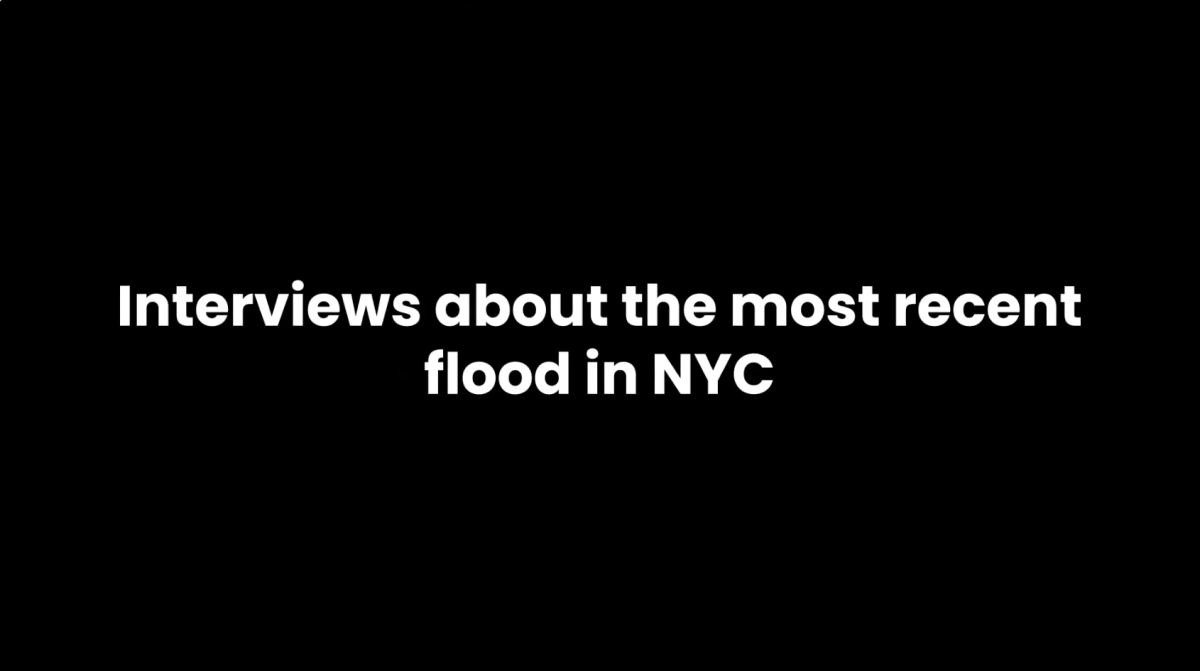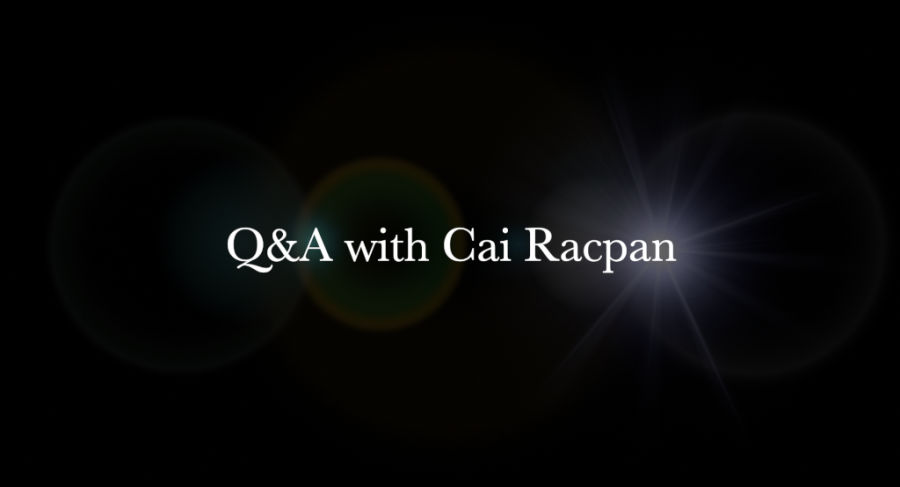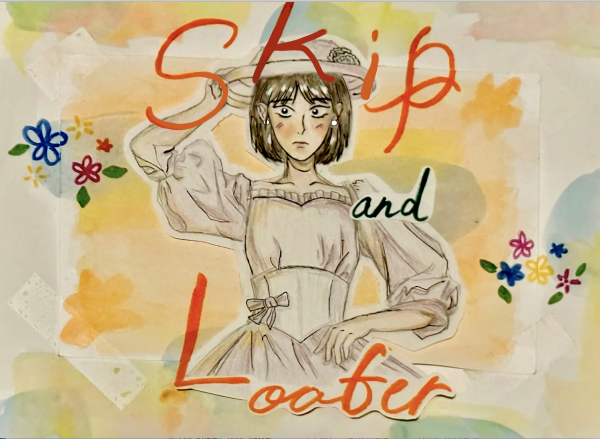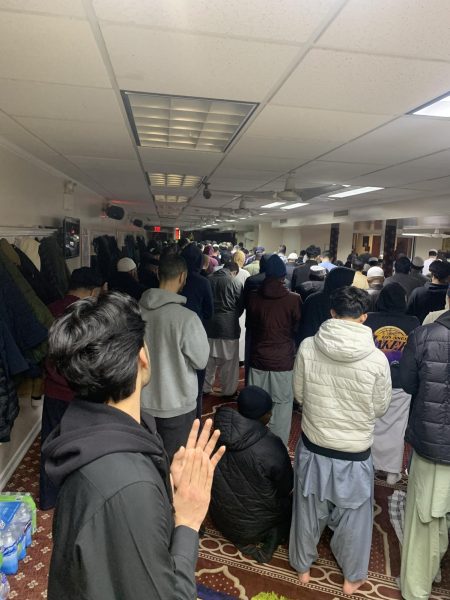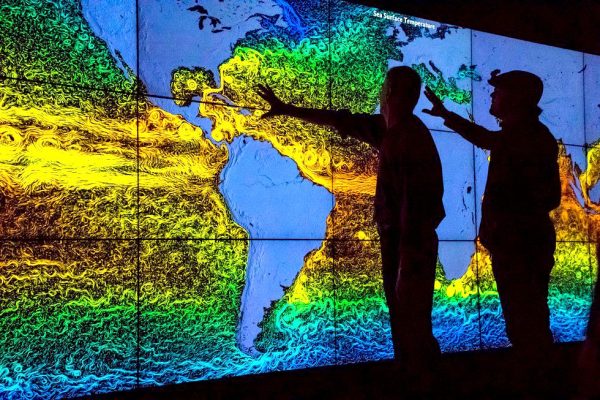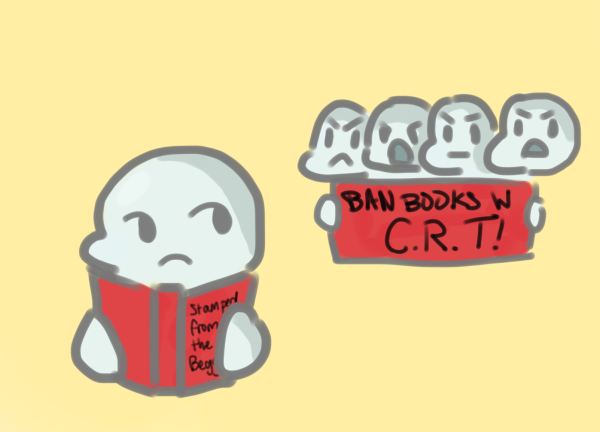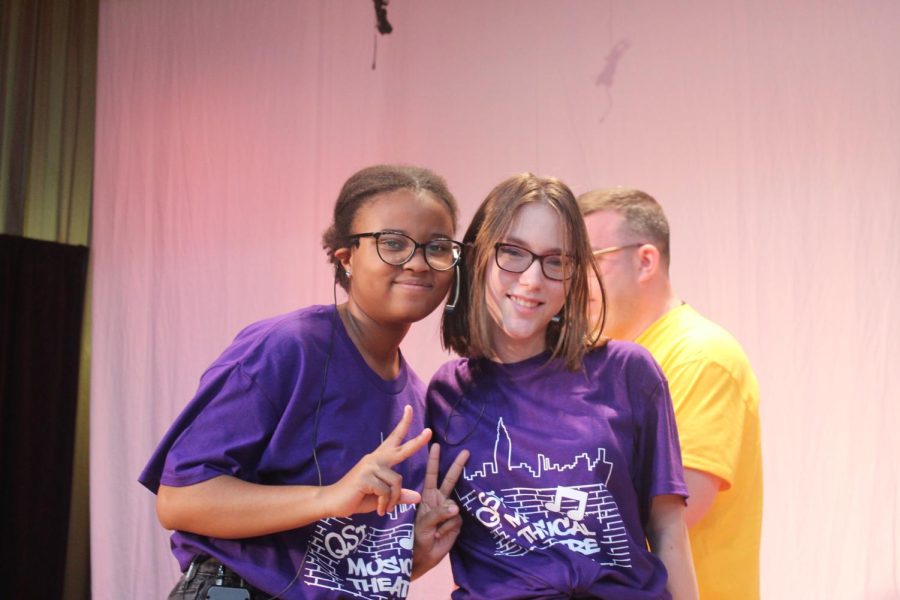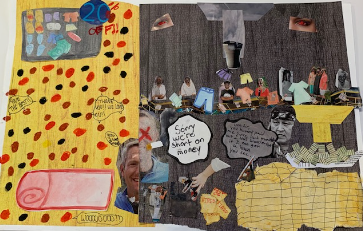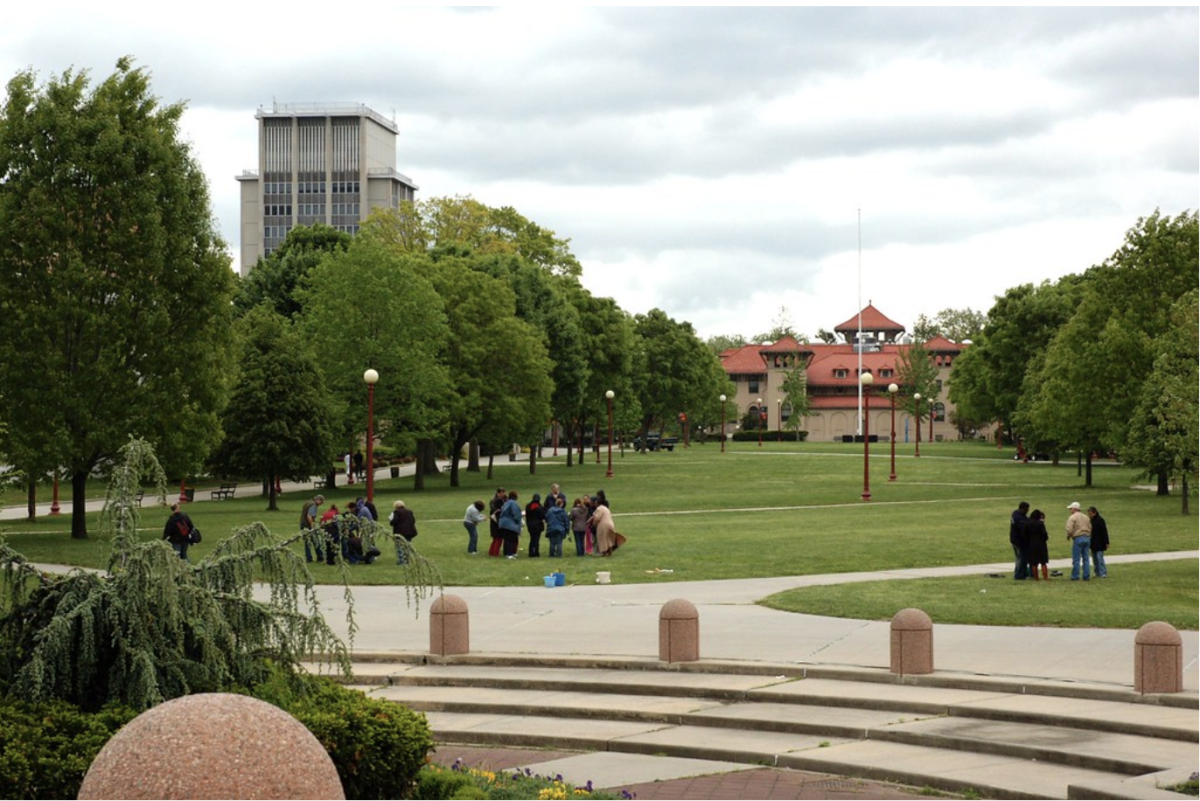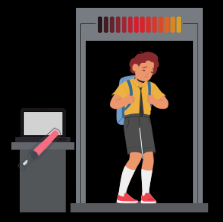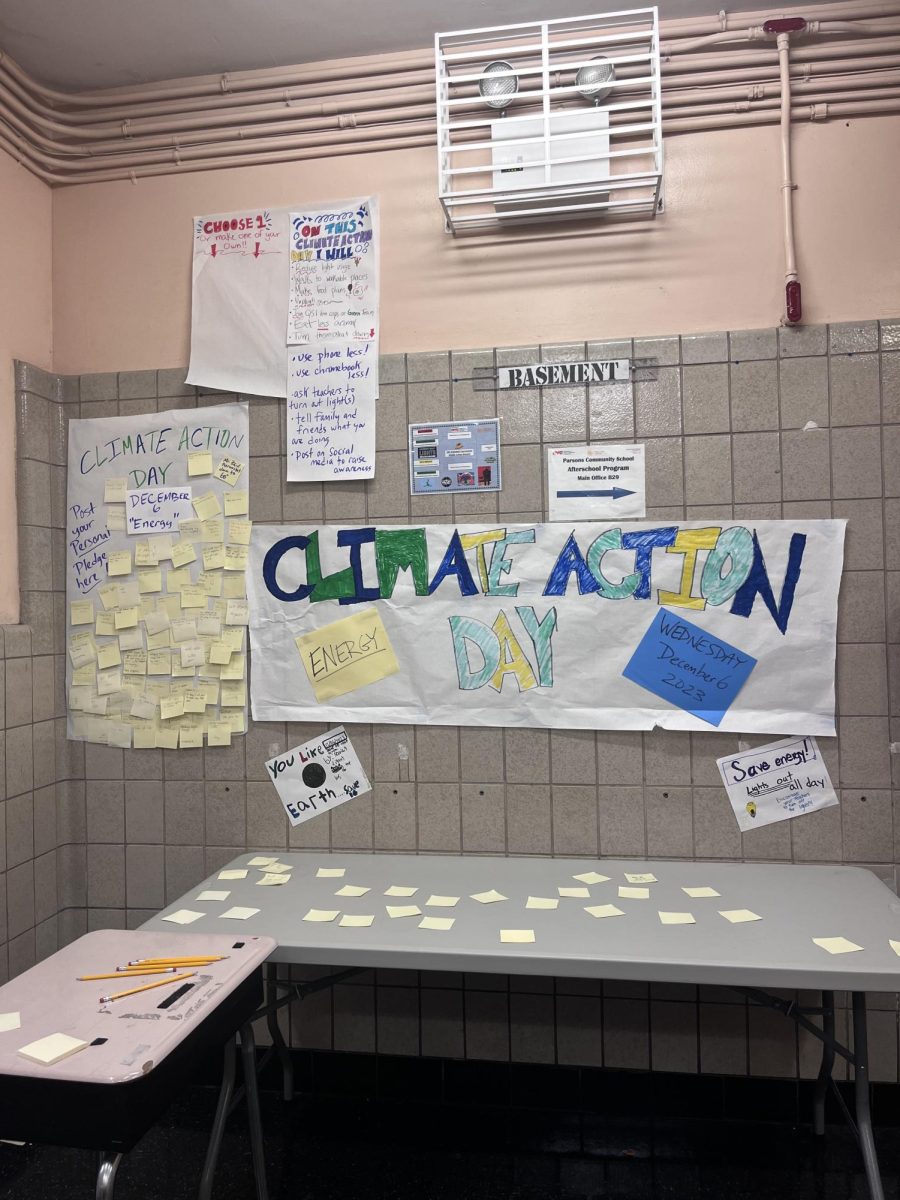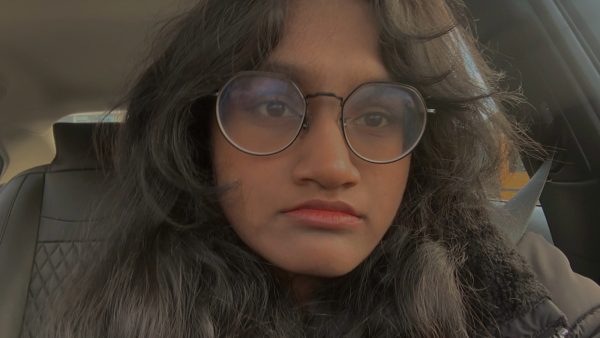As of last year, on apps like TikTok, there has been an increase of trends involving AI (Artificial Intelligence) generated artwork and photographs as the technology continues to develop.
AI generated artwork has been a new and upcoming concept where after inputting a prompt or image, the AI will create a brand new image. However, AI uses the work of human artists to generate its new images. This is where people start to question the ethics of AI artwork and its implications towards real artists.
A big topic of discussion in the art world is whether or not AI artwork is creative.
“AI art can be creative because it is able to generate art with many different art styles,” said freshman Ysabelle Lee. “It can help inspire artists by giving them an idea or inspiration on what to draw or create.”
“It’s something really amazing if you really think about all of the things you can do with it,” said sophomore Lucien Hoyes-Gbewonyo. “The possibilities of what you can create with AI are endless.”
However, one of the biggest critiques of AI artwork is its impact on artists who use their artwork as a source of income.
According to PBS, “companies were feeding artwork into AI systems and used it to ‘train’ image-generators,” which means that companies or other people profit off of artists’ original work, making it more difficult for artists to earn a living.
The exploitative nature of AI systems is not the only concern when it comes to AI and its impacts on professional artists.
“As many other jobs are being taken away by AI and robots, it will be the same for jobs that need art skills,” said junior Valerie Ao.
Others such as junior Christian Kelly agreed.
“In a professional environment it is and should be frowned upon to use for a final product,” said Kelly. “I do not believe it has a place in the creative industry other than to cut costs for less quality.”
However, English teacher Caroline Ward presumed it is not a huge threat to artists.
“It’s like a whole phenomenon right now, people are like ‘AI is taking over the world, we’re doomed’,’” said Ward. “I don’t think we have to be afraid, I think we just have to be mindful of how we use it just like anything else.”
“It won’t take over the art world. Traditional art is much more valuable,” said Hoyes-Gbewonyo.
Many feel similarly as they believe AI artwork does not hold the same complexities as human made artwork.
“I think that the main difference is that art that is created by robots does not have humanity attached to it, it doesn’t have our human emotions and human experience,” said art teacher Chloe Kesten. “And so, obviously, art that is created by people has that no matter what the meaning behind it is, art that is not human created just inherently to me has little to no meaning attached to it.”
Others felt similarly about the lack of passion AI art holds.
“Art is like the best form of human expression, it’s not a thing for robots,” said junior Cai Racpan. “I don’t want to see a robot picture because I don’t care how robots interpret the world compared to how a human with real emotions would.”
This sentiment was echoed by Kelly.
“Human art comes from the rawest data a human can produce, it is the gateway into one’s mind,” said Kelly. “And it could be for a plethora of reasons however human art in my opinion tries more than just to look pretty.”
